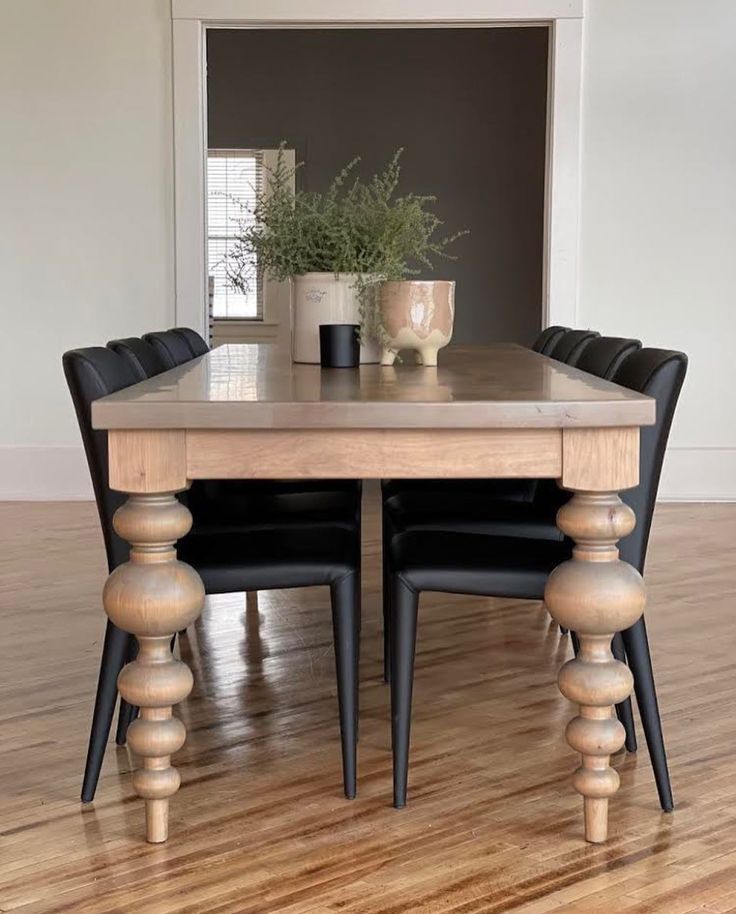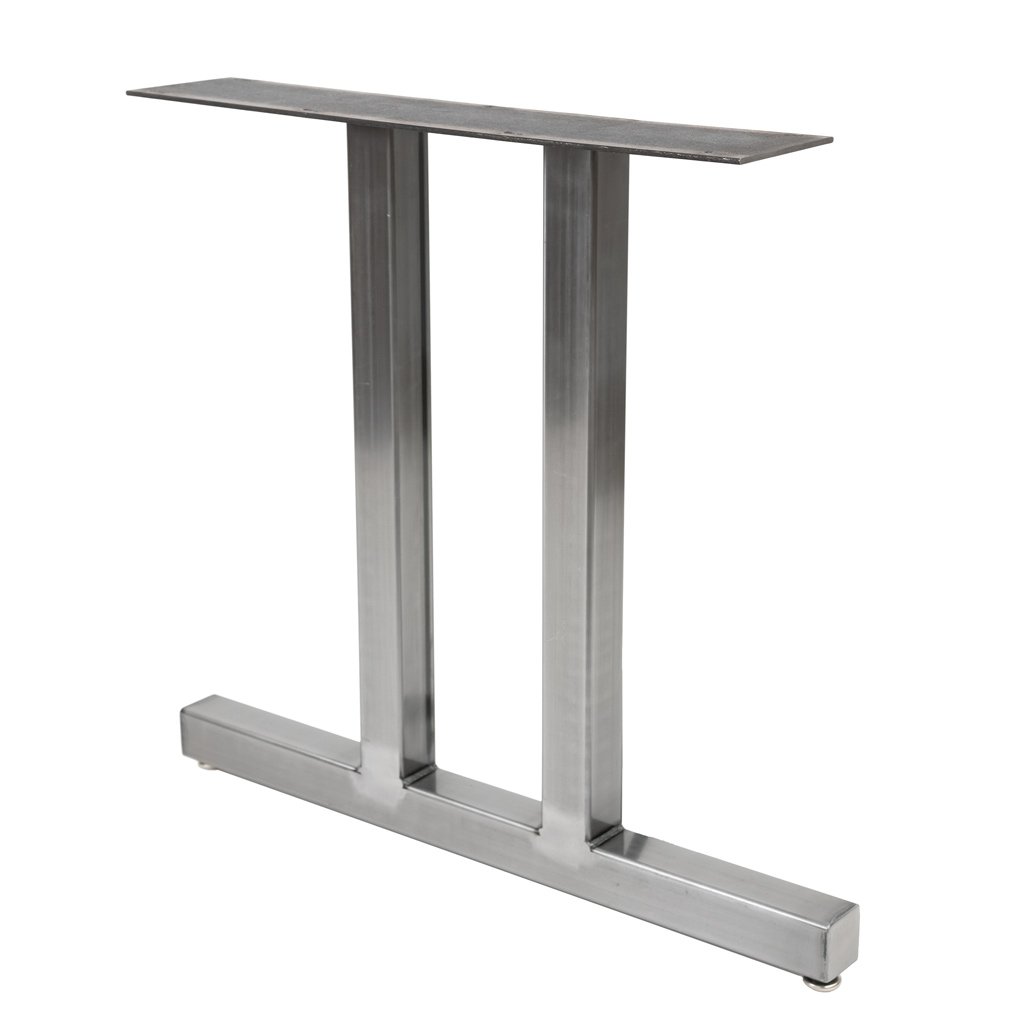Find the Ideal Dining Room Table Legs for Any Interior Design Style
Find the Ideal Dining Room Table Legs for Any Interior Design Style
Blog Article
Expert Tips for Installing Dining-room Table Legs for Optimum Stability
When it comes to installing dining space table legs, achieving optimum stability is critical for both capability and appearances. What details techniques can improve security even better?
Choose the Right Legs
When choosing the proper legs for your eating room table, it is vital to consider both functionality and appearances. The legs you choose will substantially influence the overall layout and security of the table. Initially, examine the table's intended use; if you expect regular gatherings, stronger legs, such as those made from strong timber or steel, might be better, as they provide increased longevity and support.
Conventional dining tables typically vary from 28 to 30 inches in elevation, so make sure the legs straighten with this requirement for convenience. Conical legs can include a contemporary touch, while turned legs could communicate a much more timeless visual.

Select Appropriate Hardware
Exactly how can the right hardware boost the security and durability of your dining-room table? The choice of suitable hardware is essential to making certain that the legs of your table are safely affixed and able to endure routine use. Top quality screws, screws, and braces provide the needed strength to sustain the weight of the table, along with any added loads placed upon it during meals or gatherings.
When choosing screws, go with those made from durable materials such as stainless-steel or brass, which withstand deterioration and keep stability in time. The length of the screws is just as crucial; they must penetrate deeply into the table's framework without endangering stability. For bolted connections, take into consideration making use of lock washers to stop loosening up because of resonance or motion.
In addition, making use of corner brackets can add additional assistance, particularly for larger tables or those with heavier tops. These braces distribute weight equally and help maintain the table's form. Making certain that the equipment you choose is appropriate for the details materials of your table will certainly even more enhance its overall stability and long life, enabling you to enjoy your eating experience for many years to find.
Ensure Appropriate Alignment
Proper positioning of eating area table legs is crucial for both visual allure and functional stability. Misaligned legs can bring about an unequal tabletop, which may not just be visually unattractive yet likewise jeopardize the table's functionality. To attain optimum positioning, begin by measuring the range from the table's corners to the leg accessory points. This guarantees that each leg is positioned equidistant from the edges, producing a balanced appearance.
Utilize a level throughout installation to verify that each leg is vertical to the tabletop. This action is important, as also minor discrepancies can intensify right into significant stability concerns over time. It is recommended to mark the desired leg settings on the underside of the table with a pencil or covering up tape before try this protecting them. This technique works as an aesthetic overview, permitting changes as required.
In addition, double-check the alignment after the preliminary screws are tightened, as adjustments may be required prior to completely securing the hardware. By focusing on appropriate alignment, you not only enhance the table's general style yet additionally make certain that it continues to be stable and functional for several years ahead.

Think About Weight Circulation
After making certain correct alignment of the dining room table legs, it is necessary to think about weight distribution to enhance stability and website link performance. dining room table legs. Proper weight circulation is important in stopping wobbling and making certain that the table can sustain its intended tons without threat of tipping or falling down
When positioning the legs, ensure they are positioned at equal distances from the center of the table to uniformly distribute the weight across the structure. Take into consideration the weight of the table top and any things that will regularly hinge on it, such as tabletop devices or decorative items. Tables with much heavier surfaces need to ideally have legs positioned closer to the edges, as this takes full advantage of the base of support and lessens the threat of instability.
In addition, if the table is planned for use in a high-traffic area, consider making use of larger products for the legs or adding maintaining components, such as cross-bracing or a lower rack - dining room table legs. These changes can assist keep balance and avoid shifting during usage. Inevitably, a well-considered weight distribution technique will dramatically boost the table's overall efficiency, guaranteeing it continues to be a useful and eye-catching centerpiece for your dining area
Test Stability Before Use
Examining the security of the dining room table before use is a critical step that must not be neglected. Ensuring that the table is safe and secure and secure can stop accidents and prolong the life expectancy of the furnishings. Begin by using gentle pressure to numerous points on the table surface. Press down on the center and after that along the sides, moving or observing any type of wobbling. If the table reveals instability, determine the legs or joints that may call for change.
Following, check that all fasteners and screws are tightened appropriately. Loosened connections can bring about instability and potential damage with time. If required, utilize timber glue on joints to boost stability, guaranteeing to enable appropriate drying time.

Verdict
In verdict, the installation of eating space table legs needs careful factor to consider of products, weight, alignment, and equipment circulation to attain maximum security. By choosing top notch fasteners and durable legs, ensuring accurate placement, and dispersing weight evenly, the architectural integrity of the table can be considerably improved. Conducting a stability test before routine usage additionally makes sure that the table will certainly learn this here now endure day-to-day stress, therefore providing a risk-free and trusted dining experience.
When it comes to setting up eating area table legs, attaining optimum stability is vital for both capability and visual appeals. The legs you pick will dramatically impact the general style and security of the table (dining room table legs). Common eating tables generally vary from 28 to 30 inches in elevation, so guarantee the legs straighten with this requirement for comfort.Proper alignment of eating room table legs is crucial for both visual allure and functional stability.In verdict, the setup of eating room table legs needs cautious consideration of products, positioning, hardware, and weight distribution to achieve optimum stability
Report this page